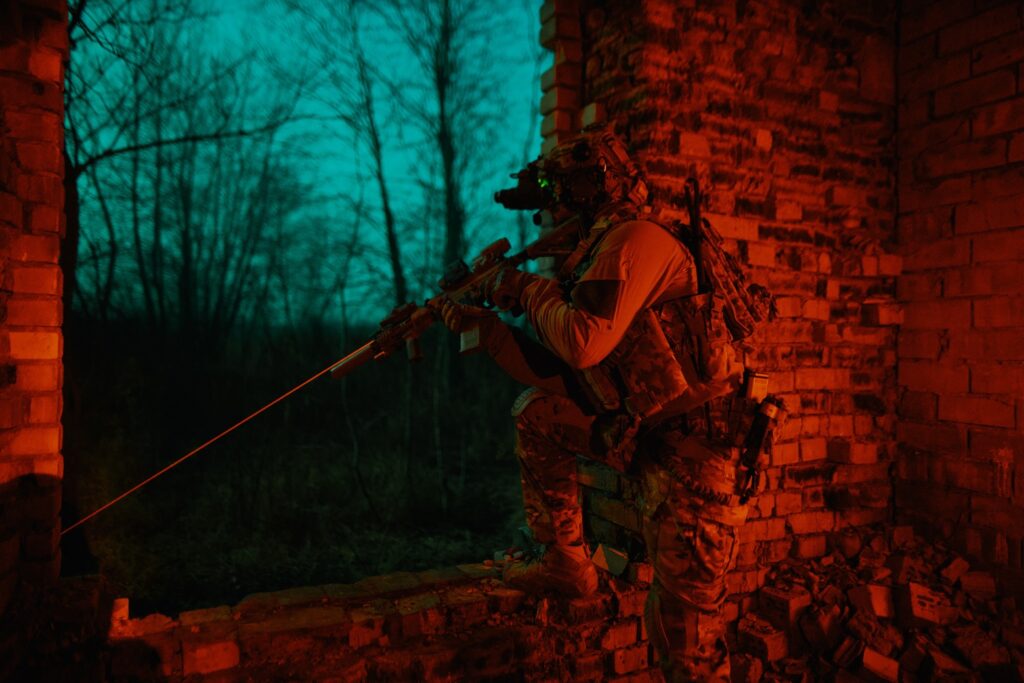
The NIJ Level 3 Armor Rating System: What You Need to Know
When it comes to body armor, no two pieces are the same. This is why the National Institute of Justice (NIJ) has developed a standardized system for measuring and rating body armor performance. This system is called the NIJ Resistance Rating System, and it can help you make sure that you’re wearing the proper level of protection for your specific needs. Here’s what you need to know about Level 3 Armor ratings and beyond.
What Does Level 3 Armor Mean?
Level 3 armor is certified by the NIJ to protect against rifle rounds up to 7.62mm FMJ lead core bullets with a specified mass of 9.6g and a velocity of 847m/s or less. These rounds typically include those used in popular sporting rifles such as the AK-47, M4 carbine, and Tavor X95. In addition to being certified for protection against these rounds, Level 3 armor must also meet additional requirements such as durability, comfort, and coverage area.
What Other Levels Are There?
The NIJ Resistance Rating System contains six levels of body armor certification ranging from Level 1 (lowest protection) up to Level 6 (highest protection). Below are some brief descriptions of each level:
• Level 1: Designed primarily for use by law enforcement personnel inside vehicle cabins or during low-risk patrol duties. Will stop most handgun rounds up to .357 Magnum JSP with an impact velocity of 427 m/s or less.
• Level 2A: Designed for use by law enforcement personnel who need extra protection from common handgun threats but don’t want the bulk and weight associated with higher levels of protection. Will stop most handgun rounds up to .357 Magnum JSP with an impact velocity of 427 m/s or less.
• Level 2: Designed primarily for use by law enforcement personnel who face more significant risks than those wearing Level 2A armor but still have limited exposure time in hazardous situations requiring higher levels of protection. Will stop most handgun rounds up to .44 Magnum SJHP with an impact velocity of 436 m/s or less.
• Level 3A: Designed primarily for use by law enforcement personnel who face higher risks than those wearing Level 2 armor but do not require the increased ballistic capabilities provided by Level 4 or 5 hard armor due to cost or mobility considerations. Will stop most rifle rounds up to 7.62mm NATO FMJ lead core with a specified mass of 9 g at an impact velocity of 827 m/s or less.
• Level 4: Designed primarily for use by military personnel facing significant risk from high-powered sniper rifles such as those used in conflicts in Iraq and Afghanistan, as well as multiple hits from assault rifles using full metal jacketed bullets with lower velocities than certain rifle calibers mentioned earlier in this article (such as 556 NATO). Will stop most rifle rounds up to 30 calibers APM2 with a specified mass of 10 g at an impact velocity greater than 878 m/s but no greater than 930 m/s
• Level 5+ / Special Threat Rated Armors: Designed specifically for use when there is a risk that assailants may be armed with highly advanced weapons that exceed current ballistic standards set by the US National Institute of Justice (NIJ). These armors are tested against special threat ammunition designed specifically for testing purposes that exceed currently accepted standards set forth by US government agencies such as DHS, State Department, etc., which allows them to provide superior levels of protection compared even to standard level 4 armors available on the market today.
When choosing body armor, you must pick one that provides adequate protection without compromising on comfort and mobility—and that starts with understanding how different levels are rated according to the NIJ Resistance Rating System. As we’ve seen here, each level offers its unique benefits depending on your specific needs—so make sure you choose wisely! With all this information in mind now you should be able to understand exactly what type of body armor is best suited for your situation so go ahead and make sure you are protected.
For more articles, please click here.